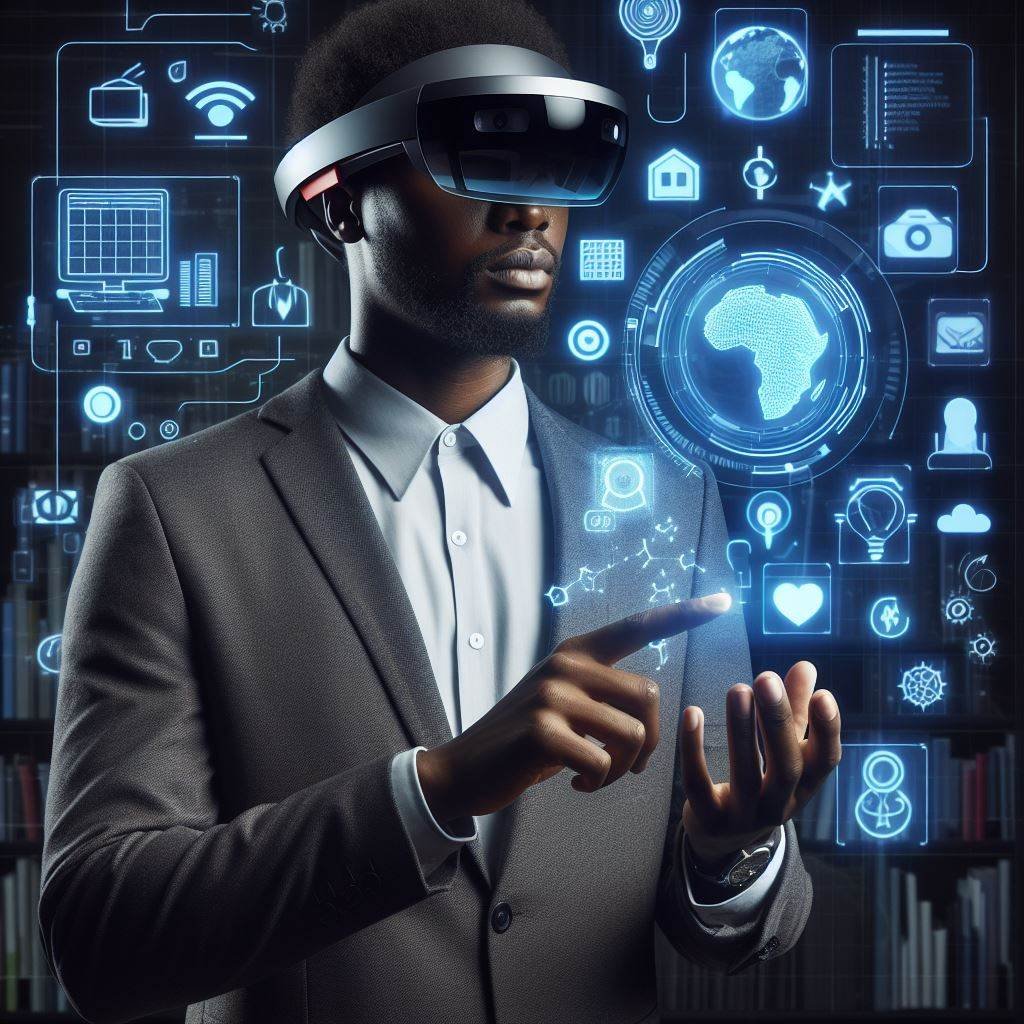
XRehab
Innovating rehabilitation with Extended Reality
XRehab aims to facilitate the integration of XR in rehabilitation by:
organizing XR workshops for healthcare workers and XR companies
developing a blueprint on how to design and use XR for rehabilitation
co-creating XR use cases together with the XRehab steering group
Extended Reality (XR) is a term that encompasses a spectrum of immersive technologies that combine real and virtual environments, as well as human-machine interactions. It includes:
-
This involves completely immersive environments that replace the user's real-world surroundings with a simulated one. VR is typically experienced through a headset that covers the eyes and ears, immersing the user in a fully digital environment.
-
AR overlays digital information on the real world. Unlike VR, AR does not replace the real world with a simulated one; instead, it adds digital layers of information on top of it. This can be experienced through devices like smartphones or AR glasses.
-
This is a blend of both VR and AR, where digital and real-world objects coexist and can interact in real-time. MR is often considered the most advanced form of XR, as it requires more complex technology to seamlessly blend the real and virtual worlds.
Why use XR for rehabilitation?
-
The project can demonstrate how XR can revolutionize traditional rehabilitation methods, offering more engaging, personalized, and effective treatment options.
-
XRehab underscores the importance of XR in making rehabilitation more accessible, especially through tele-rehabilitation. This is crucial for patients who have limited mobility or live in remote areas.
-
XR's immersive nature can significantly increase patient motivation and engagement. The project can explore how XR environments can lead to better adherence to therapy regimens.
-
The use of XR can foster collaboration across different fields, including healthcare, technology, and psychology. This interdisciplinary approach is essential for developing comprehensive XR solutions that are both technically sound and effectively address patient needs.
-
XR systems can collect detailed data on patient performance and progress. Data can be used for personalized treatment adjustments and for broader research purposes, contributing to the understanding of rehabilitation processes.
-
The use of XR in rehabilitation might reduce overall healthcare costs by shortening recovery times or decreasing the need for in-person therapy sessions.
-
As healthcare continues to evolve with technological advancements, the project positions itself at the forefront of this evolution, exploring and shaping future trends in rehabilitation practices.


































